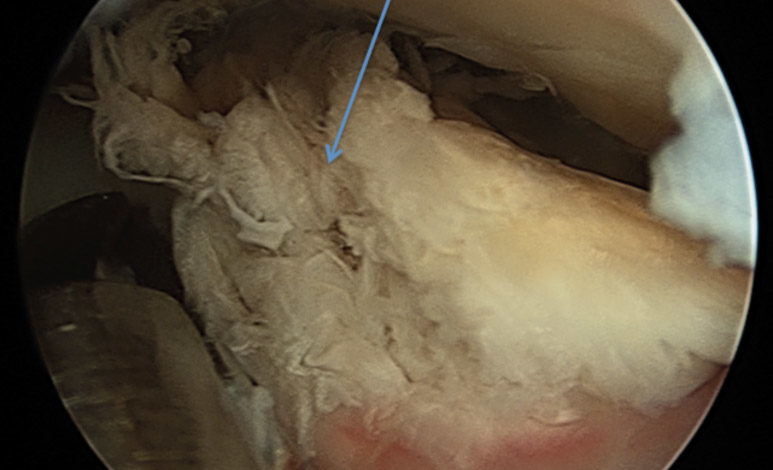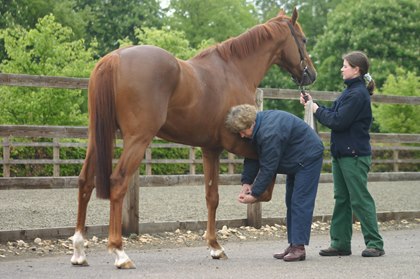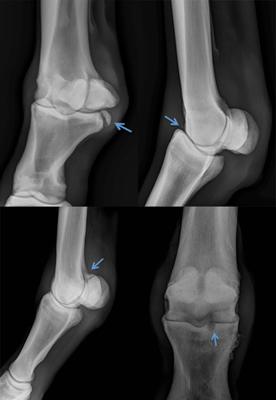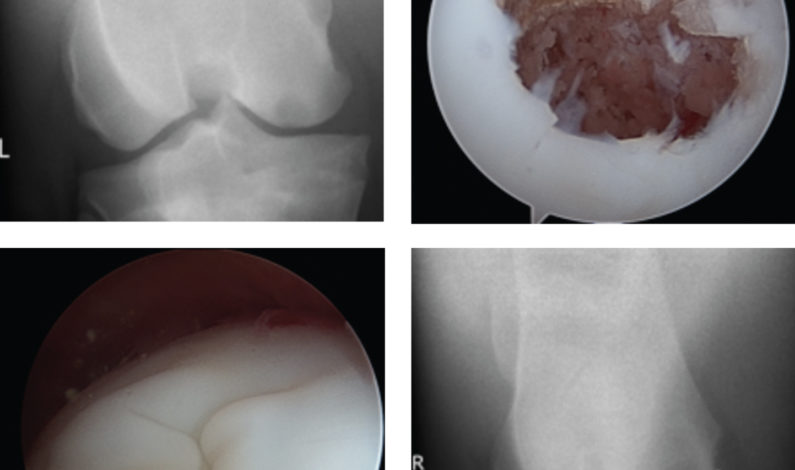By Megan Williams on August 29, 2015
InStride Health

Heel pain related forelimb lameness has traditionally been and continues to be one of the most common causes of lameness in Quarter Horses. While traditionally attributed to navicular disease, the introduction of advanced imaging techniques to equine practice demonstrates that a variety of soft tissue injuries in the foot can be responsible for heel […]
By Megan Williams on July 7, 2015
InStride Health

Flexural deformities of the forelimbs in horses can be either congenital (present at birth) or acquired (develops over time as the young horse grows, or secondary to severe injury). Acquired flexural deformities of both the fetlock and coffin joints are a relatively common finding in Quarter Horses, along with many other breeds. Acquired deformity of […]
By Megan Williams on June 3, 2015
InStride Health

Boney fragmentation in the fetlock joint is a condition seen across multiple breeds and disciplines of horses that may impact a horse’s future performance and career longevity. Fragments in the fetlock joint can occur both as a result of trauma and as a form of developmental orthopedic disease (Osteochondritis Dissecans (OCD) or Subchondral Cystic Lesions). […]
By Megan Williams on May 18, 2015
(IN) HEALTH, InStride Health

Subchondral bone cysts of the medial femoral condyle (commonly referred to as stifle cysts) are a common cause of hind limb lameness in Quarter Horses. According to a 2012 Equine Veterinary Journal study evaluating young cutting horses by R.D. Contino, prevalence can be as high as 10-13.6 percent. There are two proposed causes: 1) Developmental […]
By Megan Williams on April 14, 2015
(IN) HEALTH, InStride Health

Osteochondritis Dissecans (OCD) is a common condition affecting young and growing horses that results in a fragment or fragments of cartilage (and associated underlying bone) within the joint that is damaged and often unattached from the parent bone. While much research has been focused on defining the exact mechanisms of why and how horses develop […]







